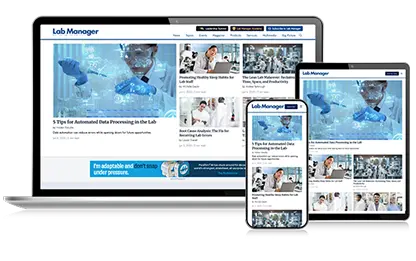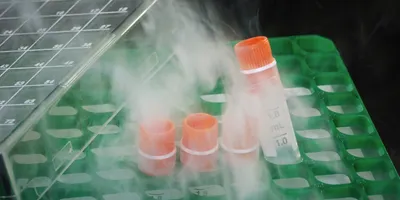Costs associated with generating a vacuum, such as process costs, user costs and cost to the environment, have never really been considered seriously. Although technology has advanced to provide smaller, cleaner and quieter options, not many people are taking advantage of it. “Vacuum pumps last a long time and many people go through their careers without actually buying one,” says Peter Coffey, vice president of sales and marketing at Vacuubrand. “Hence, people tend to replace their vacuum pumps with what they have used before and not take the time to find out about the alternatives.”
Vacuum pumps used in laboratories can be classified into two categories—rotary vane pumps, sometimes referred to as oil-lubricated pumps, and dry (oil-free) pumps. They operate in different ways to create vacuum and aspirate fluids. Centrifugal pumps use centrifugal force to push the fluid through an outlet; metering pumps, such as diaphragm, peristaltic, piston and syringe pumps, pull fluid into a chamber and then push it through the outlet valve; while positive displacement pumps use bellows, piston, rotary lobe and rotary vane to push fluid through a cavity, leaving a vacuum that pulls in more fluid.
Oil-lubricated pumps have been around for many decades, while oil-free diaphragm pumps are a more recent addition. Although oil-free pumps tend to be more expensive than oil pumps, there are a lot of advantages to their use as well as significant savings. First of all, no oil is used, and therefore there is no cause for oil contamination and no necessity for oil change or disposal. Oil-free pumps can be built to be corrosion resistant and hence do not require regular maintenance. “Service intervals on better oil-free pumps exceed 10,000 operating hours,” says Coffey. “If you use your vacuum pump 20 hours a week, 50 weeks a year, that’s 10 years before the first scheduled service!”
A misunderstanding regarding oil-lubricated pumps is that people assume more vacuum is always better. Oil-free diaphragm pumps can provide vacuum levels from atmosphere to below 0.5 mbar/Torr, whereas oillubricated pumps offer high capacities and higher vacuum levels up to 10-3 mbar/Torr. “What is more important is matching the vacuum to the application, and almost any application can now be performed using an oil-free pump, with the exception of freeze-drying,” says Coffey.
For certain applications he also recommends considering buying a pump with controls that provide a good balance of speed and control. “Even manual controls are better than none, but electronic controls offer huge productivity advantages,” he says. “In many applications, the type of vacuum control used will determine how much scientist time is needed for oversight and how fast the application proceeds.”
VACUUBRAND ME1 and ME1C
• Deliver pumping speeds of 14 lpm and ultimate vacuum of 100 mbar
• Feature robust PTFE diaphragms and valves for optimal chemical resistance
• Feature a well-proven and long diaphragm life of 10,000 to 15,000 operating hours
• ME1C features a full fluoropolymer flowpath, for a complete chemistry-design pump
BrandTech
www.brandtech.com
MS40+ Rotary Vane
• Inverter electronic allow user to tailor pumping speed to each application
• Features a high pumping speed over a wide range, from atmosphere to 1 mbar (0.75 Torr)
• Features a base pressure below 5x10-2 mbar (3.75x10-2 Torr)
• T-Plus software enables control of pump parameters from a PC
Varian
www.varianinc.com
HiPace™ Series
• Feature a range of pumping speeds from 10 to 800 liters per second
• Integrated drive electronics reduce the need to costly cabling
• Installation is possible in any orientation
• Features a sealing gas connection to safeguard bearings
Pfeiffer Vacuum
www.pfeiffer-vacuum.com
V-710
• Speed and stroke controlled operation for a precise hysteresis-free vacuum
• Features a sound insulation system, full housing enclosure and weight balance for quiet operation
• Includes an integrated gas ballast for a constantly high suction volumes
• Three-stage vacuum creation process delivers 3.1 m3/h at a low final pressure of less than 2 mbar
Buchi
www.buchi.com
Costs associated with generating a vacuum, such as process costs, user costs and cost to the environment, have never really been considered seriously. Although technology has advanced to provide smaller, cleaner and quieter options, not many people are taking advantage of it. “Vacuum pumps last a long time and many people go through their careers without actually buying one,” says Peter Coffey, vice president of sales and marketing at Vacuubrand. “Hence, people tend to replace their vacuum pumps with what they have used before and not take the time to find out about the alternatives.”
To continue reading this article, sign up for FREE to

Membership is FREE and provides you with instant access to eNewsletters, digital publications, article archives, and more.











